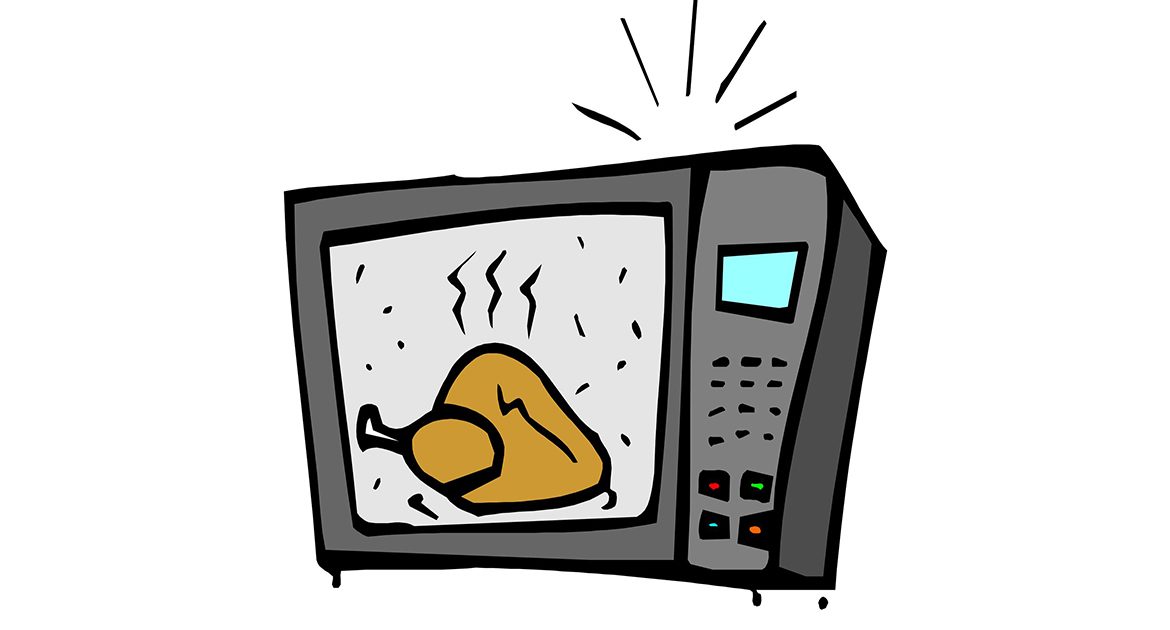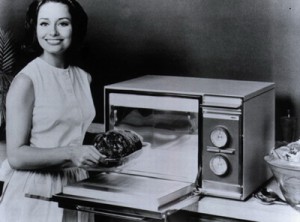
The Debate on Microwaves
Recently I moved into a new place and there is no microwave. Initially I was worried because I used to use the microwave every day. I reheat milk for my morning cup of coffee, occasionally reheat leftover food and melt chocolate for baking (As a side note, now I enjoy black coffee with a dash of cream in the morning. This is thanks to the sugar free challenge I joined last month that got me to find other alternatives to sugar for my usual cup of coffee!). Anyway, it turns out I don’t actually use the microwave that often. I can reheat food using a pan or steamer just like how my family does it back home. In case you’re wonder I live in a big city in Indonesia and using a microwave isn’t a common practise. So no microwave, no problem!
I have always been aware about the use of microwaves. There is a great deal of confusion and debate. It is convenient, but is it safe? I did some research and currently there isn’t enough information and science to declare the winner but I will go for the safe side and avoid its use it all together. However, I will give you both sides of the argument and you can decide for yourself.
The Good
Research suggests that microwaves do not cause cancer despite what you may have heard. In terms of nutrition retention, microwaving was found to be an ideal method just like steaming, grilling and baking. The less water and time used to microwave food, the more nutrients were kept.
The Bad
The migration of contaminants from the containers that hold the food during heating is of growing concern. BPA can leach into food from food storage containers. Harvard Medical School’s Harvard Health Publication explains, BPA is a “plasticizer” used in the making of hard, clear plastic. It’s also found in some metal food cans.
BPA has been said to possibly cause reproductive disorders, and exposure during pregnancy may lead to lung problems in children. In a study by Columbia University, childhood exposure to low doses of BPA indicated a greater risk for children to develop asthma later on in life.
While the debate over safety levels of exposure to BPA continues, many companies have removed BPA from their products entirely. However there are still many unknowns about chemicals used in BPA-free products. It’s important to note that “microwave-safe” doesn’t necessarily mean BPA-free, and BPA-free doesn’t necessarily mean it is safe to put in the microwave.
We should keep in mind that microwave ovens are powerful sources of radio frequency fields and can leak significant amounts of electromagnetic fields. To find out how much leakage is occurring is to measure with an inexpensive Gauss meter/ EMF meter which you can find online or in home improvement stores.
If you have to use a microwave oven to cook, don’t stand and watch it like a television. Also, use a microwave safe glass or ceramic containers when microwaving food. Take away the plastic wrap that cover food and use a domed container that fits on top.
by Lismi Wong




